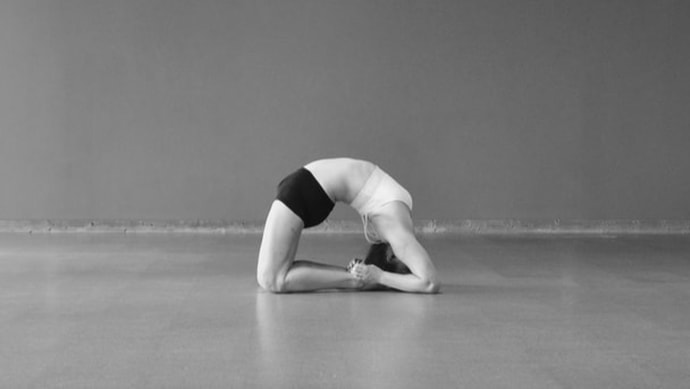|
Any system of learning needs stages. When we are new, we need beginning lessons that teach us the basics and set us off in the right direction. Once those foundations are laid, we move on to the next level where we build on the lessons from before. And so on.
No single level encompasses both beginning and advanced lessons. The beginning levels are appropriate for those new to the path but become outmoded relatively quickly as the student familiarizes herself with the concepts and practices. Before long, the beginner needs to move on to other practices and ideas in order to continue her progress. This repeats itself at several points along the way, as we learn the lessons of our level and graduate to the next. Consider the school system, where each grade is populated with specific knowledge that builds upon the previous level and prepares us for the next. Ideally, yoga practice does the same. This is why there are several levels in any yoga text and system. The Upanishads have the seven bhumikas or stages of development, which begin with longing and move through inquiry to purity and liberation. Patanjali's Yoga Sutras have the famous eight limbs that begin with moral behavior and proceed through the body, breath, senses and mind. GETTING STUCK It is relatively easy to get stuck at a certain level of development. We put in a lot of work to master the lessons and practices of each stage, and it can become difficult to leave them behind and move on. We become attached to our relative mastery at that level. "I am so great at these beginning practices!" we tell ourselves. "Why would I want to move to the next level where I will have to learn new things and start the process all over again? I will be clumsy and awkward and ignorant at the next level." We begin to identify our self-worth with our ability to execute the practices of our current level, and we forsake further progress in favor of staying where we are. Each level of our progress has the potential to be our downfall if we become stuck there and mistake it for an entire system. No mathematician would believe that algebra was all she needed to know, no matter how brilliant she was at it. A mathematician can not ignore geometry, calculus and other levels. It is the same with yogis. We must be careful not to get stuck in the body, in the physical asana practice. Or in breathing, the senses or any other single stage, for that matter! The greatest mistake we can make is to think we have arrived at the pinnacle of our practice, and stop there.
0 Comments
Leave a Reply. |
AUTHORSScott & Ida are Yoga Acharyas (Masters of Yoga). They are scholars as well as practitioners of yogic postures, breath control and meditation. They are the head teachers of Ghosh Yoga.
POPULAR- The 113 Postures of Ghosh Yoga
- Make the Hamstrings Strong, Not Long - Understanding Chair Posture - Lock the Knee History - It Doesn't Matter If Your Head Is On Your Knee - Bow Pose (Dhanurasana) - 5 Reasons To Backbend - Origins of Standing Bow - The Traditional Yoga In Bikram's Class - What About the Women?! - Through Bishnu's Eyes - Why Teaching Is Not a Personal Practice Categories
All
Archives
May 2024
|







 RSS Feed
RSS Feed